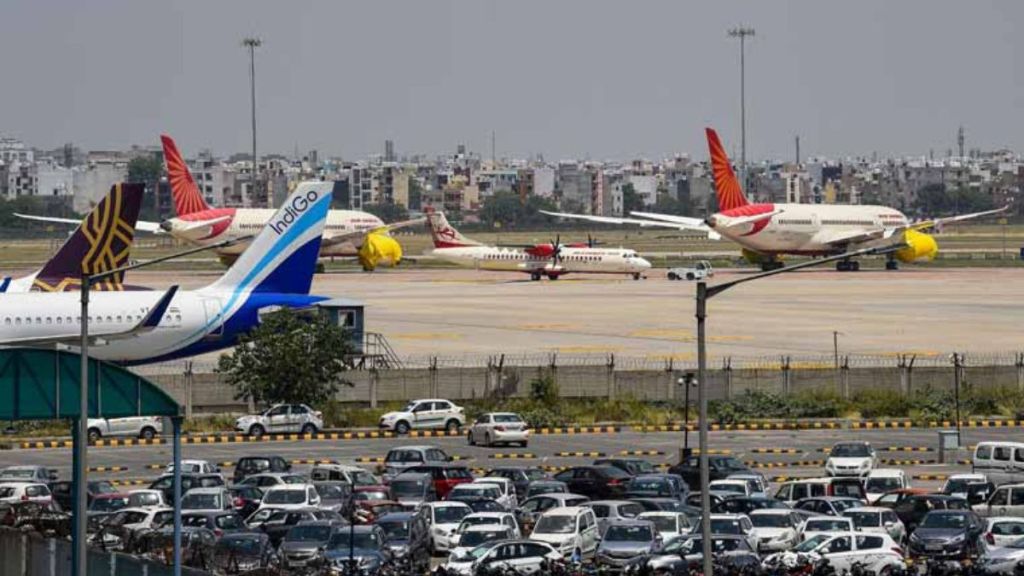The Directorate General of Civil Aviation (DGCA) has introduced new safety standards for ground handling service providers (GHSPs) at airports to enhance safety during ground operations amidst increasing air traffic. These standards include mandatory safety clearance requirements aimed at preventing incidents that have previously caused aircraft damage at various airports.
Issued under the new Civil Aviation Requirements (CAR), following extensive consultations, the regulations strengthen oversight mechanisms, according to the aviation watchdog’s statement released on Wednesday. They outline specific training and competency criteria for ground personnel involved in airport operations.
Implementation of safety clearance mandate for GHSPs
GHSPs are mandated to obtain safety clearance from DGCA within six months from the issuance date of the CAR on July 8.
The directive emphasises implementing robust safety measures to prevent and manage ground incidents, thereby improving the safety and quality of services in critical operational roles at airports.
Necessary appointments under under GHSPs
Under the updated norms, GHSPs must appoint accountable managers, station managers, and safety managers, in addition to ensuring recurrent training for ground personnel.
The regulatory move addresses the complexities arising from the rapid growth in aircraft movements, increased use of ground support equipment, and the expanding presence of third-party ground handling services.
Establishing norms for ground handling operations
DGCA highlights the urgency of establishing comprehensive safety standards for GHSPs engaged in aircraft ground operations at Indian airports, an area previously lacking specific regulatory coverage. It notes that airport aprons, where aircraft turnarounds occur under tight time and space constraints, are particularly congested and critical.
Unlike other segments of the aviation industry, DGCA points out that ground handling operations have historically operated with less regulatory oversight, necessitating these new requirements to ensure operational safety amidst India’s rapid growth as one of the world’s fastest-growing civil aviation markets.


